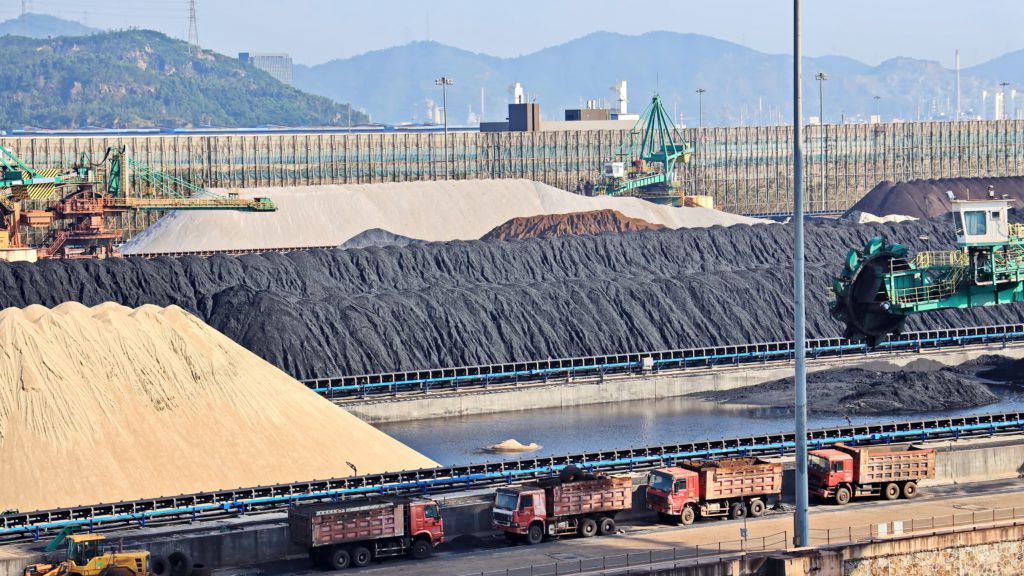
The Russia-Ukraine crisis has shocked the coal and the broader energy markets, with spikes in Newcastle prices observed in recent days, says Wood Mackenzie, a Verisk business (Nasdaq:VRSK).
Buyers in markets including Europe, Japan, South Korea, and China are scrambling to address their exposure to Russian supply. Although sanctions announced to date have specifically excluded energy exports, coal buyers are reacting to two main areas of concern.
One is performance – will Russian coal actually be delivered? Russian metallurgical coal producer, KRU, had already declared force majeure on cargoes to Western Russian ports prior to the escalation of Russia-Ukraine crisis due to a deterioration in rail transport availability. Some other major Russian coal producers are also rumoured to have declared force majeure on shipments due to rail delivery delays.
The second concern relates to counter-party risk. Financial restrictions on Russian banks and other entities may prevent some buyers (and their banks) from trading with Russian suppliers. Add to this the concern that sanctions could be expanded in the future and the impact on coal markets is hardly surprising.
Wood Mackenzie principal analyst Rory Simington said: “European thermal coal prices have surged to record highs with futures prices above $400/t until Q4 2022. Some buyers in Japan and Europe have already indicated they are looking to replace Russian supply, and non-Russian thermal coal in Europe is attracting a significant premium over Russian material.
“Prices in the Asian market have also responded with Newcastle physical prices reaching$400/t. Metallurgical coal, used in coke production and injected into blast furnaces, spiked with PCI prices – a key Russian export – leaping to an unprecedented level and nearing towards $400/t.”
However, relatively normal import activities remain the most likely outcome. Heavy reliance on Russian coal imports in the current tight market means a prolonged cut-off would bring damage to both Russia and importing countries and is unlikely in Wood Mackenzie’s view.
Russian coal accounts for roughly 30% of European metallurgical coal imports and almost 70% of European thermal coal imports. North Asian buyers South Korea and Japan also have significant exposure to Russian coal with Russian thermal coal representing 20% of South Korea’s imports and over 10% of Japan’s, while Russian metallurgical coal represent over 15% and 5% of the North Asian markets’ imports, respectively.
Together, Europe, Japan and South Korea imported around 90 Mt of Russian thermal coal and 25 Mt of Russian metallurgical coal in 2021. These coals are predominantly high energy thermal coal and PCI and cannot conceivably be replaced in the currently tight global supply market.
Power plants currently using this type of coal are specifically designed to run a high energy coal and are unable to switch coal types. Steel mill operators would be challenged to replace Russian PCI and met coals given the current global spot supply shortages especially out of Australia.
Russia would not be able to quickly make up for a loss of European demand by pivoting to Asia (China) due to limited eastbound rail capacity.
Comments
MADHUKAR
Coal India still sells thermal coal @60% of local mkt price & at 40% of international coal price !! CORRUPTION ??
jUST COMPARE WEEKLY AVERAGE PRICE OF COAL-INDIA WITH INTERNATIONAL MKT.
They can sell all coal by auction but they hardly sell 20% by auction. Rest is by personal negotiations with CIL officers!!